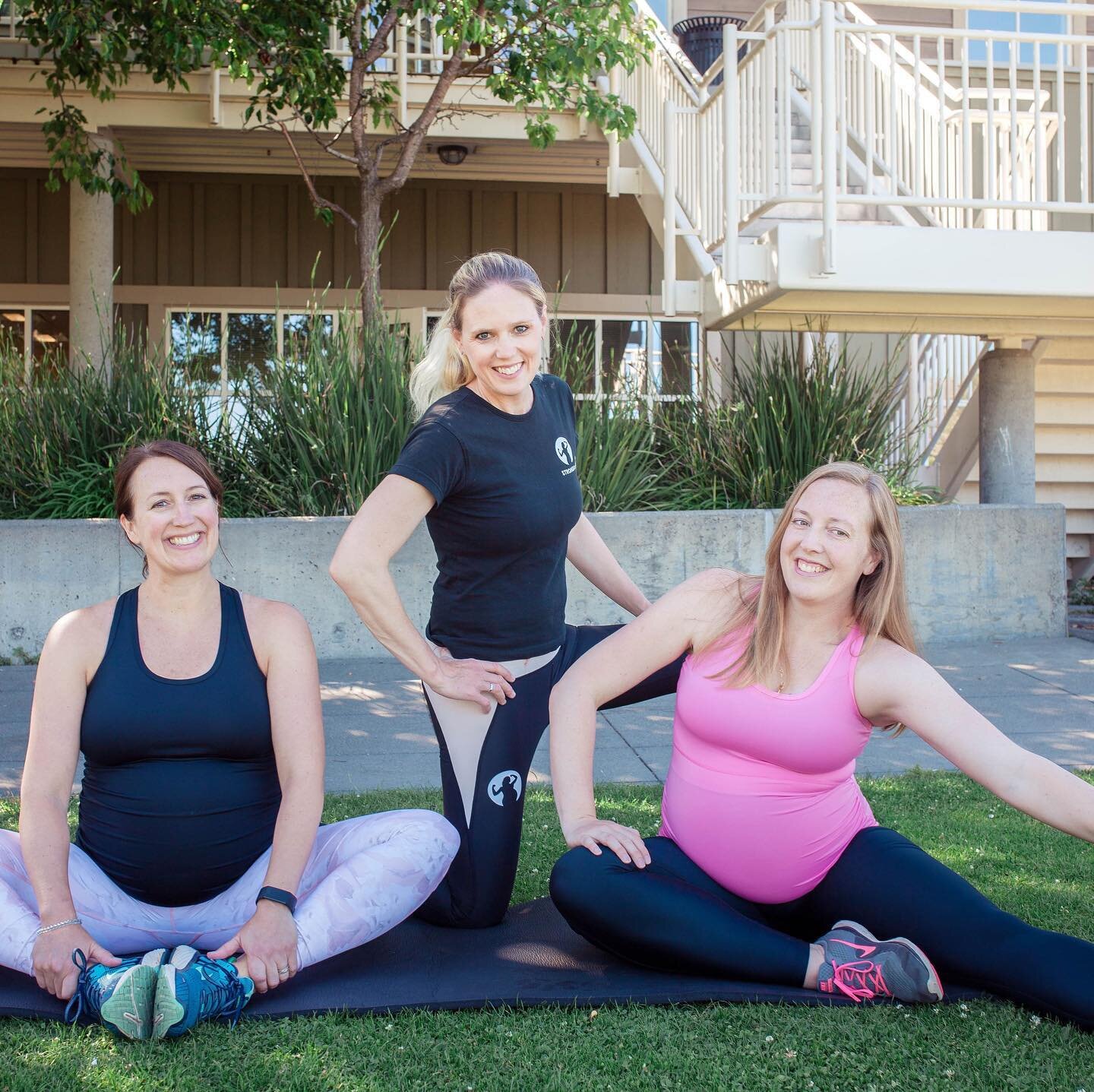Navigating the Journey: A Comprehensive Guide to Trimester Breakdowns
Kiteboarding and rock climbing may be out of the picture for a while, but the journey of pregnancy is an adventure like no other. With each passing trimester, pregnant bodies undergo remarkable changes, and little ones grow and develop at an astonishing rate.
Let’s take a closer look at each trimester, exploring common symptoms, developmental milestones, essential tips, and what to expect from those all-important doctor visits. Buckle up (safely) for this deep dive (metaphorically) into pregnancy!
Trimester 1: The Exciting Beginning
What’s Happening to Mom:
The first trimester, spanning weeks 1 to 12, is often filled with excitement, anticipation, and a lot of sleep. For 70–80% of pregnant women, these months are also laden with “morning sickness” (which can, of course, affect you all day) and cause nausea and vomiting. These physical impacts of the first trimester are signs that you’re working hard to create the perfect environment for a growing baby.
What Baby’s up To:
Your little one is reaching incredible developmental milestones, including the formation of vital organs, such as the heart, brain, and spine.
Your first ultrasound typically happens part way through the first trimester. The first is often vaginal, with a wand that uses sound waves to see baby, though it shouldn’t cause pain or discomfort.
Your care team will likely discuss options for genetic testing towards the end of your first trimester.
Let your focus be on you this trimester. Rest. Try to drink or eat whatever will stay down. Do the self-care thing however you’re able. If you’re prone to anxiety (hi, it’s me) these Insight Timers are nice to have in your eyes while napping under your desk.
What Medical Care May Look Like
Every medical care plan is different, though you’ll likely have your first of many doctor visits. It is common to have a prenatal visit once a month during the first trimester. At the first prenatal visit, you’ll likely:
Answer questions about yourself and your health history
See your doctor/nurse/midwife listen for your baby’s heartbeat, though it is common not to hear the hearbeat early on
Get weighed. You can ask not to see or hear the number if this is triggering to you.
Take your blood pressure
Collect a urine sample
Have a pelvic exam and pap smear
Take a blood draw for lab tests
Be reminded to take a prenatal vitamin
Ask any questions about the pregnancy experience
A note from personal experience: your medical care team’s job is to support you in your pregnancy. Don’t be afraid to switch providers at any point if you feel unsupported or uneasy asking every question under the sun.
What Is the Size of Your Baby?
By the end of week 12, your baby measures about 2.1–2.5 inches (5.4–6 cm) - roughly the size of a baby carrot. Curious what kind of junk food it compares to? A chicken nugget! In our app, Coconut Baby, we use fun-size comparisons to bring a smile to your face and add a little joy to each day of your pregnancy.
Trimester 2: The “Golden Period”
What’s Happening to Mom:
Entering the second trimester (weeks 13-27) often brings a sense of relief as many women experience a decrease in early pregnancy symptoms. This trimester is affectionately referred to as the "golden period" thanks to increased energy levels and a noticeable baby bump.
What Baby’s up To:
Developmentally, your little one's features become more defined, and you may even feel some first fluttering movements, called “quickenings.” Baby has grown from a cluster of cells into a tiny person, with functioning organs, nerves and muscles. Early in this trimester, your baby will be making urine, forming red blood cells, and growing toenails. (Is there anything cuter than that thought?) Senses develop as baby moves their eyes and begins to hear. Later in the second trimester, thumb sucking may start, lungs and skin develop, and they will start to recognize your voice.
These months are ideal for taking a babymoon — while you’re in that sweet spot of more energitc and more mobile — and for singing along to your Spotify playlists as loud as you like.
What Medical Care May Look Like
Doctor visits during the second trimester will likely continue once a month and include routine check-ups and additional ultrasounds to monitor baby's growth.
Blood pressure test / weigh-in / urine sample /answer questions
Track baby’s growth — aka “fundal height” — with a tape measure stretched across your belly
Listen to baby’s heartbeat with a Doppler that detects motion and conveys it as sounds
Assess fetal movement with anything you’re feeling, likely during the 18 to 20 weeks range
Another ultrasound, called the anatomy scan often happens at 18-22 weeks
You’ll likely take a glucose test in the 24-28 week range to screen for gestational diabetes, where you drink a sugary drink and have blood drawn before and after
Possibly additional blood and/or genetic testing
What Is the Size of Your Baby?
During the second trimester, your baby grows rapidly, and by the end of week 27, may measure up to 14.4 inches (36.5 cm) from crown to heel. Picture a celery whorl - that’s about the size of your baby! Animal lover? In Coconut Baby, you can also see which adorable animal your little one compares to in size.
Trimester 3: The Big Countdown
What’s Happening to Mom:
The third trimester (weeks 28-40) is the home stretch, and excitement is building as you prepare for your newborn life. It also comes with its unique set of challenges. Common symptoms include back pain, swollen limbs, and frequent peeing as your baby starts to take up real estate formerly owned by your bladder. You may have leg cramps or ligament pain at night. Stretch marks, varicose veins, constipation, heartburn, hemorrhoids are all normal. This is why we celebrate Mother’s Day. It’s not all fun, but it is all more than worth it.
You may feel like this:
You may also feel like this:
And everything in between. Those hormones are no joke. And all of it is okay.
What Baby’s up To:
Developmental milestones involve further organ maturation as baby’s brain, kidneys, lungs, and senses continue to develop. You both are preparing for birth, as the head may “engage” by dropping to the pelvic area and turning downwards around week 36.
The fetus’ fine lanugo hair will disapear and lungs will be completely mature in weeks 38-40. By then, baby is covered in a protective vernix coating and has the ability to cry. Baby’s irises are slate blue (permanent eye color doesn’t appear until days or weeks after birth) and ready to see you for the first time.
What Medical Care May Look Like
Doctor visits in the third trimester become more frequent to monitor both your health and your baby's, ensuring a smooth transition into the next chapter of parenthood. Your health care provider may schedule prenatal care appointments every 4 weeks during the beginning of your third trimester, depending on your health and pregnancy history. These increase to every two weeks, then become weekly visits from Week 36 on.
Blood pressure test / weigh-in / urine sample /answer questions
Track baby’s growth
Listen to baby’s heartbeat
Assess fetal movement
Check on baby’s position with an ultrasound and by feeling your belly
Test for group B streptococcus (GBS), It’s a common bacterium that can affect babies born vaginally. Your doctor will take a swab from your nether regions.
Talk about your birthing experience, including who to call when, pain management, and more
What Is the Size of Your Baby?
By the end of the third trimester, the average baby measures about 19-21 inches (48-54 cm) from head to toe, around the size of a coilover shock! Not sure what that looks like? Download Coconut Baby to find out 🙂
Surprise Trimester 4: The Postpartum Roller Coaster
What’s Happening to Mom:
In the 12 weeks following the birth of your baby, every parent and their newborn baby will experience a wild time of physical and emotional change. Hormones are still all over the place, feeding is a journey, and sleep deprivation is a very real things. Postpartum depression is too. You may not feel like “yourself” for a year or two (or ever — though growth is a good thing!) so be kind on yourself.
What Baby’s up To:
As baby adjusts to life outside the womb, she or he is still developing at an incredible rate. Motor skills will progress from jerky movements to controlled, intentional movements and stronger neck support. Baby will likely will gain the ability to follow an object as it moves and begin to smile. Communication increases as baby can hear more sounds and begins making their own, with little coos and blowing raspberries being amongst the cutest.
Let skin-to-skin cuddles and snuggles be the most important thing in life.
And there you have it — a comprehensive breakdown of each trimester, from the early days of excitement to the long waiting game. Here's to a healthy and joyous pregnancy!
And if you want to know how your baby grows and what it looks like during each week of your pregnancy, download our app, Coconut Baby. We promise that our size comparisons will make you smile even when you feel down 🙂
Share your experience with us over on Instagram




























